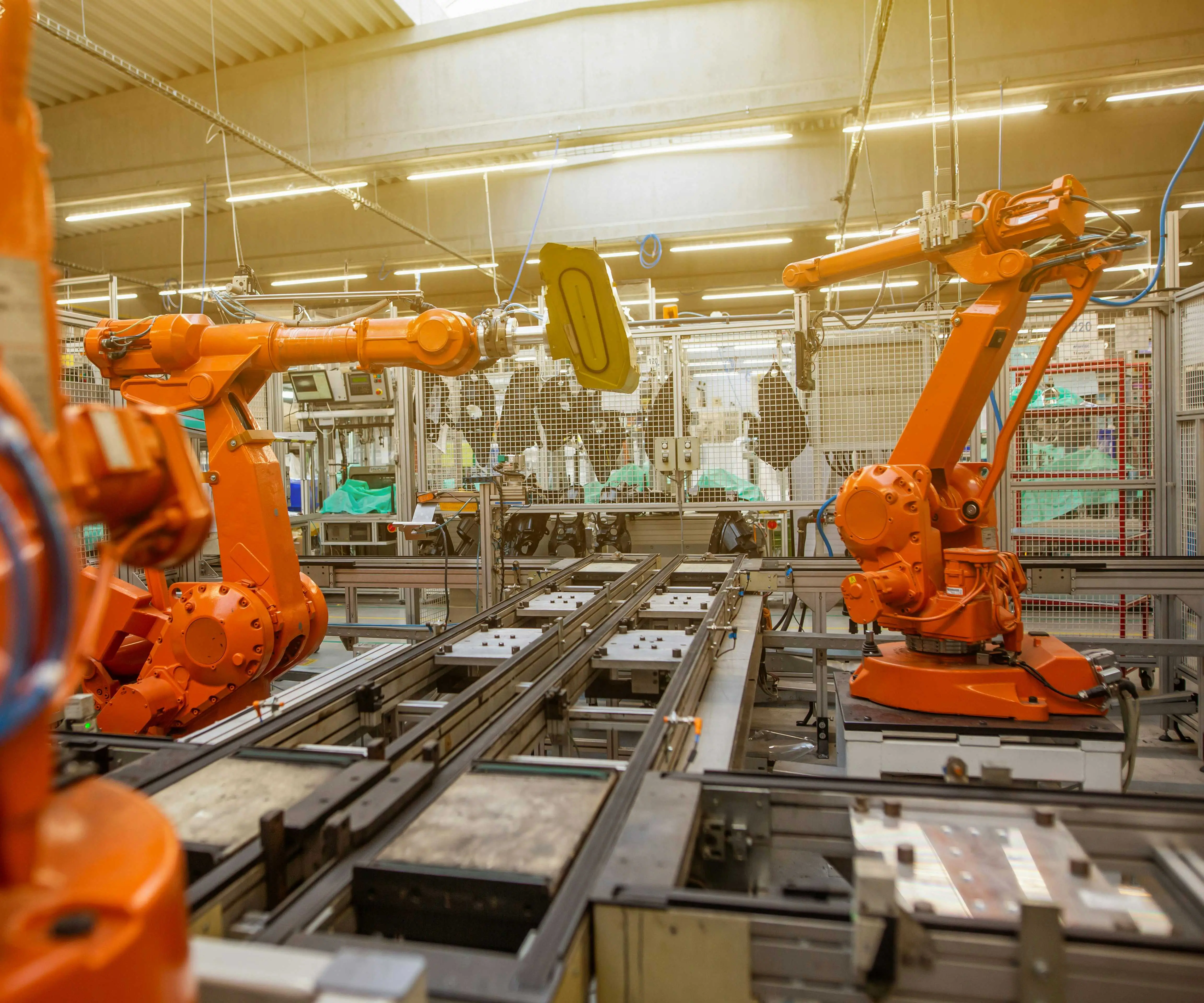Imagine holding a tiny powerhouse in your hand—that’s what brushes and brushless motors are. Now, if you've ever wondered, “Which one should I pick for my project?” you’re not alone. The debate between brushed motors and brushless motors has been going on for a while, and honestly, it’s about understanding what’s best for your needs—no blanket answers here.

Let’s start with the brushed motor. It’s the old-school champion, straightforward and budget-friendly. Think about those small toys or even some basic drones. The brushed motor uses carbon brushes that make contact with a rotating commutator to transfer electricity. It’s simple—what you see is what you get. But here’s the catch. Those brushes wear out over time, which means more maintenance. You might find yourself swapping brushes or dealing with buildup that messes with performance after a while. Still, for someone wanting quick, low-cost solutions, it’s reliable enough.
Now, enter the brushless motor. It’s a bit more high-tech. Instead of brushes, it relies on electronic commutation, which means fewer moving parts. This design results in less wear and tear, often translating into longer lifespan and higher efficiency. Imagine a racing drone or an electric scooter—churning out power like a dream, staying cool under pressure, and needing less babysitting. Plus, brushless motors tend to run quieter and deliver more torque for their size. The trade-off? They kick in at a higher price point, and setting them up can be a little more complicated.
Here's a question that pops up a lot: “Are brushless motors really worth the extra cost?” For most users, if your project demands durability, high performance, or extended usage without constant upkeep—absolutely yes. Think about the durability of a well-built electric skateboard or a professional-grade RC car. They perform better and last longer with brushless motors.
But, if you're just tinkering around in your garage, experimenting with small gadgets, or on a tight budget, a brushed motor might do the trick for now. It’s like choosing a reliable beginner guitar versus a premium Stratocaster—both have their merits, but the choice hinges on what resonates with your goals.
So, what’re the takeaways? Brushed motors are simple, cheap, and good enough for light use. Brushless motors are more complex, costlier upfront, but offer better efficiency, lifespan, and power. It’s about weighing your priorities. Want something that screams high performance with less fuss? Brushless is the way to go. Looking for a quick, cheap setup? Brushed motors still hold their ground.
If you're in the market for a consistent, high-quality motor that aligns with growth and heavy use, investing in brushless technology could be a game-changer. But the beauty is, both options play a vital role—each with a story to tell depending on what you’re aiming for.
Kpower has delivered professional drive system solutions to over 500 enterprise clients globally with products covering various fields such as Smart Home Systems, Automatic Electronics, Robotics, Precision Agriculture, Drones, and Industrial Automation.




































